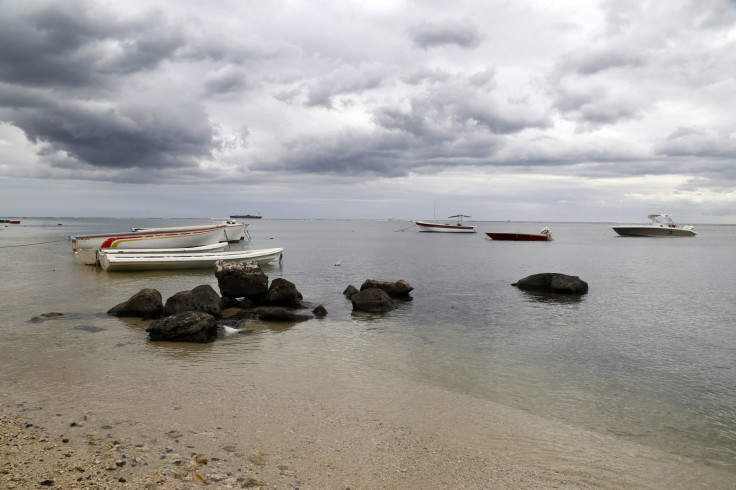Lost Continent Under Mauritius: Everything We Know About The Lost Lands Beneath The Indian Ocean

Researchers have uncovered evidence of a lost continent beneath the island nation of Mauritius in the Indian Ocean, a study published last month by the scientific journal Nature Communications revealed.
Scientists first became interested when they discovered samples of an ancient mineral called zircon, produced by volcanic eruptions, on the beaches of Mauritius. The island, which is believed to be millions of years old, was much too young to host the 3 billion-year-old mineral crystals. The research team, led by Lewis Ashwal of the University of the Witwatersrand in South Africa, found the minerals belonged to a much older terrestrial mass called Mauritia that once helped shaped the world.
"We are studying the break-up process of the continents in order to understand the geological history of the planet," Ashwal told USA Today last week.
Mauritia, which is classified as a microcontinent, is believed to have linked the southern part of the Indian subcontinent to the East African island of Madagascar more than 2,500 miles away. Scientists determined Mauritia was also once part of the greater supercontinent of Gondwana, which broke apart more than 200 million years ago to form a significant share of the modern Southern Hemisphere including Africa, Antarctica, Australia, India and South America. The Northern Hemisphere was largely shaped by another supercontinent called Laurasia. Both continents once formed a single supercontinent called Pangaea before breaking apart.
Ashwal and his team hope to map out and reconstruct the microcontinent of Mauritia based on newly discovered continental crust beneath Mauritius. Future studies will focus on locating other fragments hidden below the Indian Ocean.
"We have been trying to understand the details of the breakup history of this part of the world including these continental pieces. When did the oceans form and how did the continents break apart," Ashwal said in a video published last month by the University of the Witwatersrand.
© Copyright IBTimes 2024. All rights reserved.






















